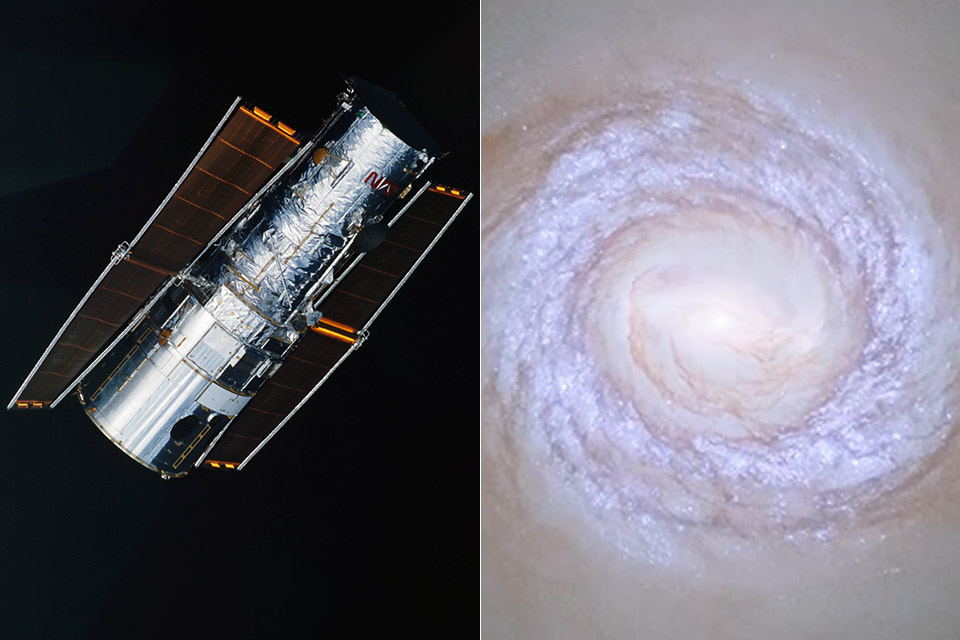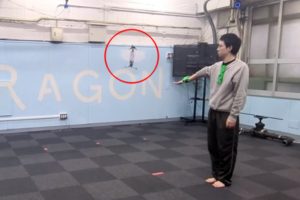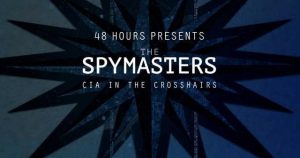Hubble Captures NGC 1317, a Faint Spiral Galaxy Located 50 Million Light-Years from Earth


When you hear the words Fornax constellation, science fiction movies may come to mind, and rightfully so, but around 50 million light-years away, is the barred spiral galaxy NGC 1317. Hubble imaged it in 2025 to showcase its blue ring of young stars and help astronomers study galaxy evolution.
Discovered in 1865 by Julius Schmidt, NGC 1317 is 55,000 light-years across, half the size of the Milky Way. Its central bar of stars funnels gas and dust to the core and subtle spiral arms with star forming regions. Hubble’s Wide Field Camera 3 captured the a stunning blue ring of hot newly formed stars, created from collapsing gas clouds.

LEGO Icons NASA Space Shuttle Discovery 10283 Model Building Set – Spaceship Collection with Hubble…
- LEGO NASA Space Set – This adult LEGO set features the Space Shuttle Discovery and the Hubble Space Telescope from NASA’s 1990 STS-31 mission,…
- Solar System Exploration – Unlock the mysteries of our solar system with this engaging 2,354-piece project, packed with authentic details and…
- Shuttle Features Galore – The space shuttle model has an opening payload bay, retractable landing gear, opening cockpit, moving elevons, space arm,…
As part of the Fornax Cluster, one of the closest galaxy clusters to Earth, NGC 1317 is in a subgroup dominated by the massive lenticular galaxy NGC 1316, Fornax A. Their gravitational interaction is uncertain as the distance estimates vary from 55 to 88 million light-years. Tidal distortions in NGC 1317’s structure suggest NGC 1316 is influencing it.
Hubble’s 2025 images highlight NGC 1317’s star forming regions, especially the blue ring where massive short lived stars shine brightly before fading in a few million years. Unlike NGC 1316 which emits strong radio signals from material feeding its active black hole, NGC 1317’s dormant core makes it perfect for studying star formation without the interference of an active nucleus.
Hubble Captures NGC 1317, a Faint Spiral Galaxy Located 50 Million Light-Years from Earth
#Hubble #Captures #NGC #Faint #Spiral #Galaxy #Located #Million #LightYears #Earth







